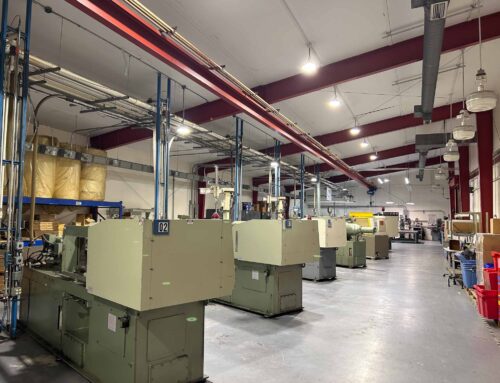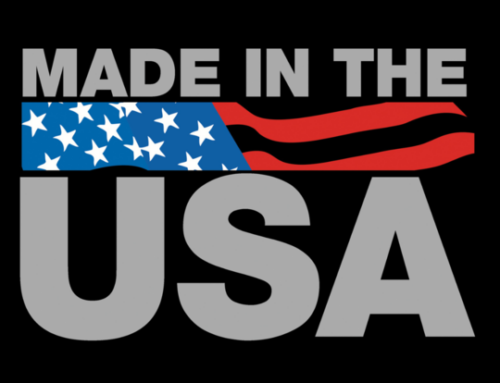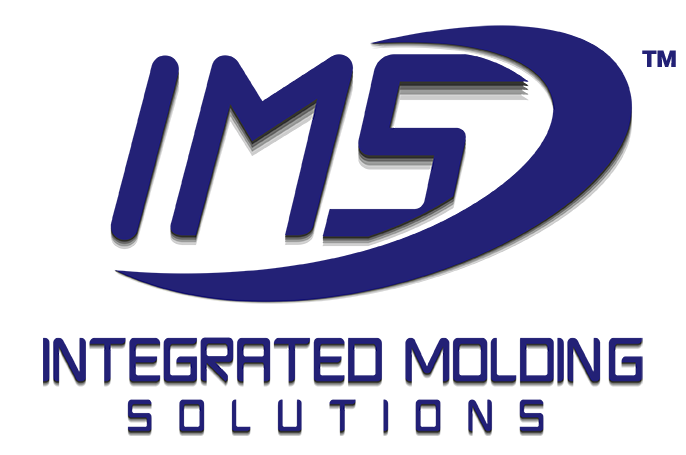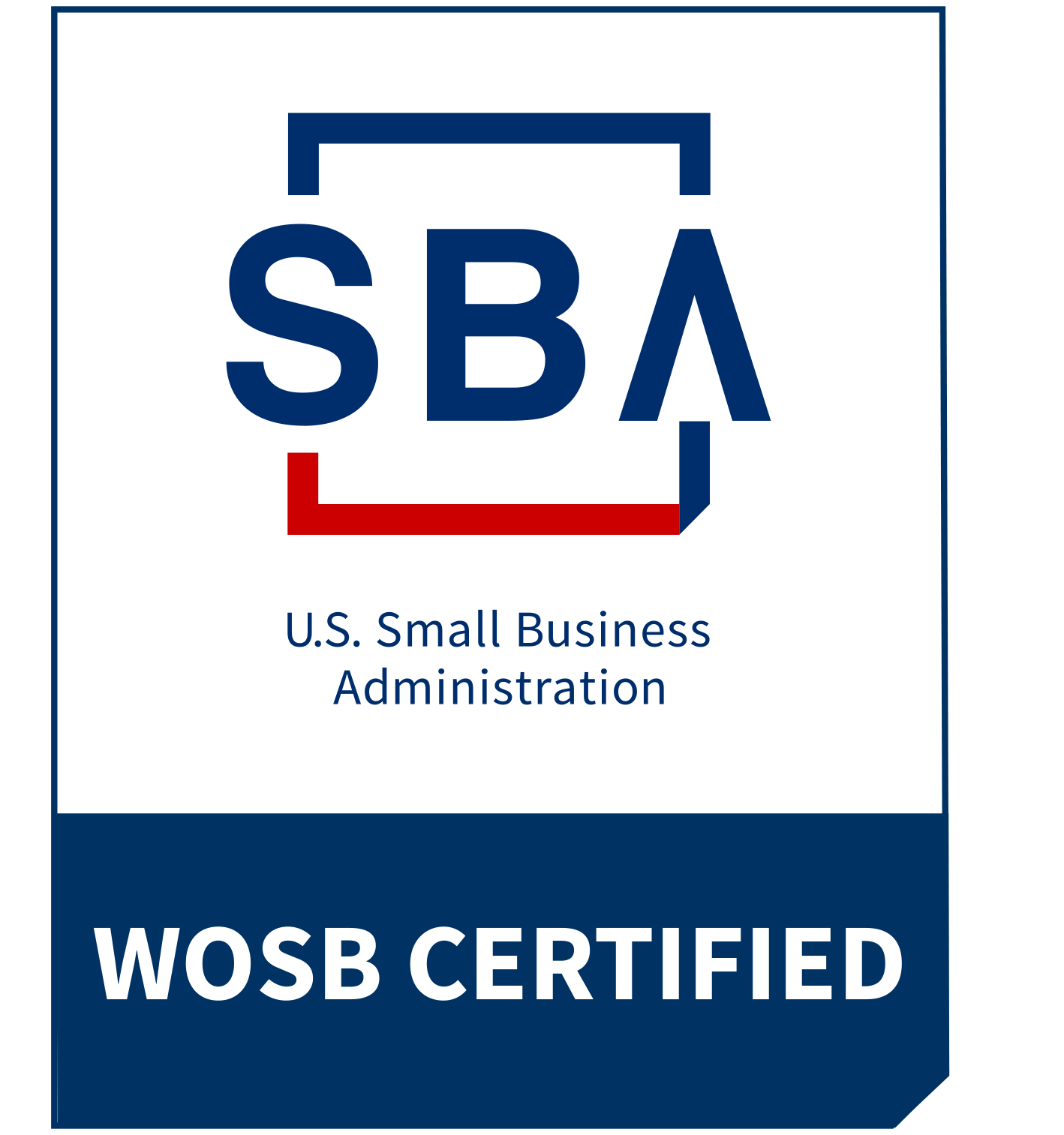Society of the Plastics Industry: SPI Mold Standards
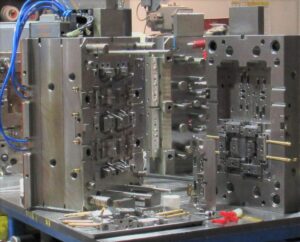 The following injection mold classifications are guidelines to be used in obtaining quotations and placing orders for uniform types of injection molds. These classifications are for injection mold specifications only and in no way guarantee workmanship or injection molding service. This guide will attempt to give approximate cycles or mold life, for each type of plastic injection molding mold classification excluding wear caused by material abrasion, poor mold maintenance, and improper injection molding technique. Maintenance is not the responsibility of the mold maker. Normal maintenance such as the replacement of broken springs, broken ejector pins, worn rings, or the rework of nicks and scratches should be borne by the molder. Mold rework costs should be closely considered when deciding which classification of mold is required. This document does not constitute a warranty or guarantee by the Society of the Plastics Industry, Inc., or its members for spi mold classification or specifications set forth herein.
The following injection mold classifications are guidelines to be used in obtaining quotations and placing orders for uniform types of injection molds. These classifications are for injection mold specifications only and in no way guarantee workmanship or injection molding service. This guide will attempt to give approximate cycles or mold life, for each type of plastic injection molding mold classification excluding wear caused by material abrasion, poor mold maintenance, and improper injection molding technique. Maintenance is not the responsibility of the mold maker. Normal maintenance such as the replacement of broken springs, broken ejector pins, worn rings, or the rework of nicks and scratches should be borne by the molder. Mold rework costs should be closely considered when deciding which classification of mold is required. This document does not constitute a warranty or guarantee by the Society of the Plastics Industry, Inc., or its members for spi mold classification or specifications set forth herein.
CLASSIFICATION OF INJECTION MOLDS
The following contains a brief synopsis of the various mold classifications and detailed descriptions of each injection mold classification.
GENERAL SPECIFICATIONS of Injection Molds
1. Customer to approve mold design prior to the start of construction.
2. All molds, with the exception of prototype molds, to have adequate channels for temperature control.
3. Wherever feasible, all details should be marked with steel type and Rockwell hardness approximately .005 deep.
4. Customer name, part number, and mold number should be steel stamped on the mold.
5. All molds should have eyebolt holes on the top side. There should be one above and one below the parting line to facilitate mold removal, if required, in halves.
CLASS 101 MOLD
Cycles: One million or more
Description: Built for extremely high production. This is the highest priced mold and is made with only the highest quality materials.
– Detailed mold design required.
– Mold base to be minimum hardness of 28 R/C.
– Molding surfaces (cavities and cores) must be hardened to a minimum of 48 R/C range. All other details, such as sub-inserts, slides, heel blocks, gibs, wedge blocks, lifters, etc. should also be of hardened tool steels.
– Ejection should be guided.
– Slides must have wear plates.
– Parting line locks are required on all molds.
– Temperature control provisions to be in cavities, cores and slide cores wherever possible.
Over the life of a mold, corrosion in the cooling channels decreases cooling efficiency thus degrading part quality and increasing cycle time. It is therefore recommended that plates or inserts containing cooling channels be of a corrosive resistant material or treated to prevent corrosion.
CLASS 102 MOLD
Cycles: Not exceeding one million
Description: Medium to high production mold, good for abrasive materials and/or parts requiring close tolerances. This is a high quality, fairly high priced mold.
– Detailed mold design required.
– Mold base to be minimum hardness of 28 R/C.
– Molding surfaces should be hardened to a 48 R/C range. All other functional details should be made and heat treated.
– Temperature control provisions to be directly in the cavities, cores, and slide cores wherever possible.
– Parting line locks are recommended for all molds.
The following items may or may not be required depending on the ultimate production quantities anticipated. It is recommended that those items desired be made a firm requirement for quoting purposes:
a. Guided Ejection
b. Slide Wear Plates
c. Corrosive Resistant Temperature Control Channels
d. Plated Cavities
CLASS 103 MOLD
*Cycles: Under 500,000
Description: Medium production mold. This is a very popular mold for low to medium production needs; most common price range.
– Detailed mold design recommended.
– Mold base must be a minimum hardness of 8 R/C.
– Cavity and cores must be 28 R/C or higher.
– All other extras are optional.
CLASS 104 MOLD
*Cycles: Under 100,000
Description: Low production mold. Used only for limited production preferably with non-abrasive materials; low to moderate price range.
– Mold design recommended.
– Mold base can be of mild steel or aluminum.
– Cavities can be of aluminum, mild steel or any other agreed upon metal.
CLASS 105 MOLD
Cycles: Not exceeding 500
Description: Prototype mold only. This mold will be constructed in the least expensive manner possible to produce a very limited quantity of prototype parts.
– Molds may be constructed from cast metal or epoxy or any other material offering sufficient strength to produce minimum prototype pieces.
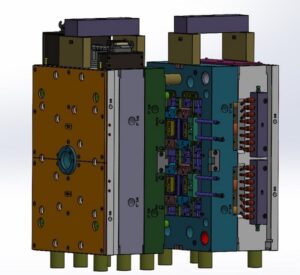
IMS, is your premier resource for any plastic fabrication needs.
For More Assistance with Plastic Injection Mold Classifications and Mold Production, our team at Integrated Molding Solutions has decades of experience to guide you through the entire tooling or injection molding process. We believe in sharing our knowledge with our customers to improve their injection molded plastic parts or products functionally and to financially build lasting partnerships. From plastic part design, injection molding material selection, parts assembly, 3d printing service, or which plastic manufacturing process to choose, Integrated Molding Solutions is your single resource for precision injection molded part production.

